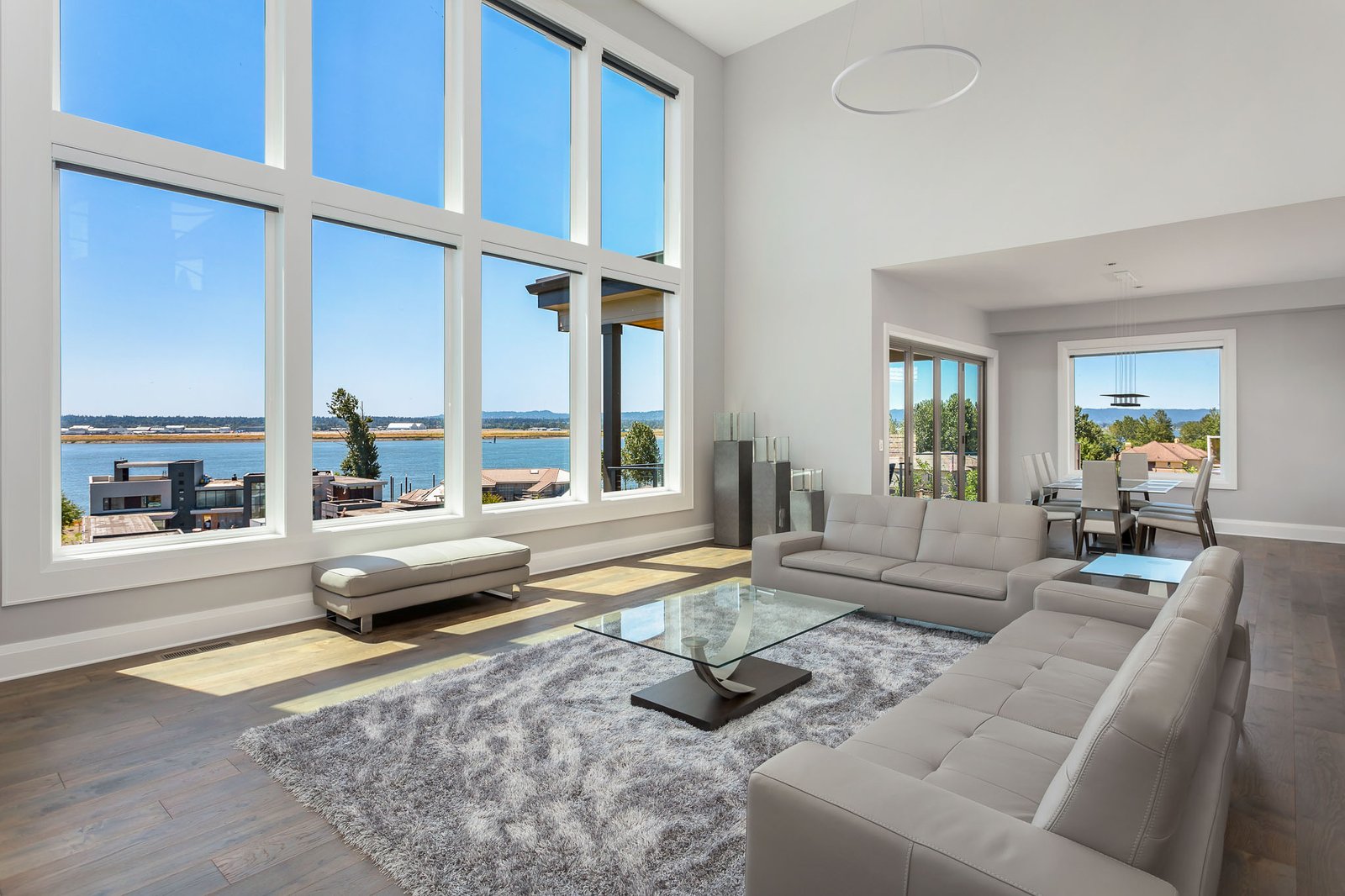Real estate photography is a crucial aspect of marketing properties, and capturing high-quality images can make a significant difference in attracting potential buyers. However, even experienced photographers can make mistakes that impact the effectiveness of their photos. Here are some common mistakes to avoid in real estate photography and tips on how to address them.
Poor Lighting
Mistake: Using inadequate or harsh lighting can result in poorly lit photos, with unflattering shadows and colors.
Solution: Ensure that rooms are well-lit by utilizing both natural and artificial lighting. Open curtains and blinds to let in natural light, and use additional light sources to brighten dark areas. Avoid using direct flash, as it can create harsh shadows and reflections. Opt for soft, diffused lighting to create a more even and pleasant illumination.
Cluttered and Untidy Spaces
Mistake: Including clutter or personal items in photos can make rooms appear smaller and less appealing.
Solution: Before photographing, declutter and clean the space. Remove personal items, such as family photos and excessive decor, to create a neutral and inviting environment. Organize furniture and accessories to highlight the room’s best features and ensure that the space looks tidy and spacious.
Incorrect Camera Angles
Mistake: Shooting from awkward or unflattering angles can distort the view and make rooms appear less attractive.
Solution: Use a tripod to ensure consistent and stable shots. Shoot from eye level or slightly above to capture a natural perspective. Avoid shooting from too low or too high angles, as these can create distorted or unflattering views. Experiment with different angles to find the most flattering perspective for each room.

Poor Composition
Mistake: Poor composition can result in images that lack visual interest and do not effectively showcase the property.
Solution: Follow basic composition principles, such as the rule of thirds, leading lines, and framing, to create more engaging and visually appealing photos. Ensure that key features of the property, such as architectural details and focal points, are prominently displayed. Pay attention to the balance and symmetry in your shots to create a more cohesive image.
Incorrect White Balance
Mistake: Incorrect white balance can cause color casts, making the image look unnatural and affecting the overall quality.
Solution: Set the correct white balance for your shooting environment to ensure accurate color representation. Use the white balance presets in your camera or adjust the settings manually based on the lighting conditions. In post-processing, fine-tune the white balance to correct any color casts and achieve a natural look.
Overexposure or Underexposure
Mistake: Overexposed or underexposed images can result in loss of detail and an unappealing appearance.
Solution: Use your camera’s exposure settings to achieve a well-balanced exposure. Check the histogram to ensure that neither the highlights nor shadows are clipped. If necessary, use exposure bracketing to capture multiple exposures and blend them in post-processing to create a well-exposed image.
Neglecting to Stage the Space
Mistake: Failing to properly stage the space can result in photos that do not highlight the property’s potential.
Solution: Stage the property to create an inviting and appealing atmosphere. Arrange furniture and decor to showcase the property’s best features and create a welcoming environment. Consider using professional staging services if needed to ensure that the space is presented in the best possible light.
Using the Wrong Lens
Mistake: Using the wrong lens can result in distorted or inaccurate representations of the space.
Solution: Use a wide-angle lens to capture more of the room and create a sense of space. A lens with a focal length between 14mm and 35mm is ideal for real estate photography. Avoid using extreme wide-angle lenses that can cause distortion, and ensure that the lens is of high quality to produce sharp and clear images.
Ignoring Post-Processing
Mistake: Neglecting post-processing can result in images that lack polish and professional quality.
Solution: Use photo editing software to enhance your images and correct any issues. Adjust brightness, contrast, and color balance to improve the overall appearance. Apply noise reduction to minimize any graininess and sharpen the image to highlight important details. Post-processing can make a significant difference in the final quality of your photos.
Not Following Local Regulations
Mistake: Failing to adhere to local regulations and guidelines for real estate photography can lead to legal issues.
Solution: Ensure that you are aware of and comply with any local regulations related to real estate photography, such as drone flight restrictions and permit requirements. Follow best practices for privacy and safety to avoid potential legal complications.
Conclusion
Avoiding common mistakes in real estate photography is essential for capturing high-quality images that effectively showcase properties. By addressing issues such as poor lighting, clutter, incorrect camera angles, and inadequate post-processing, you can create professional and appealing photos that attract potential buyers. With attention to detail and a commitment to quality, you can enhance your real estate marketing efforts and achieve better results.

